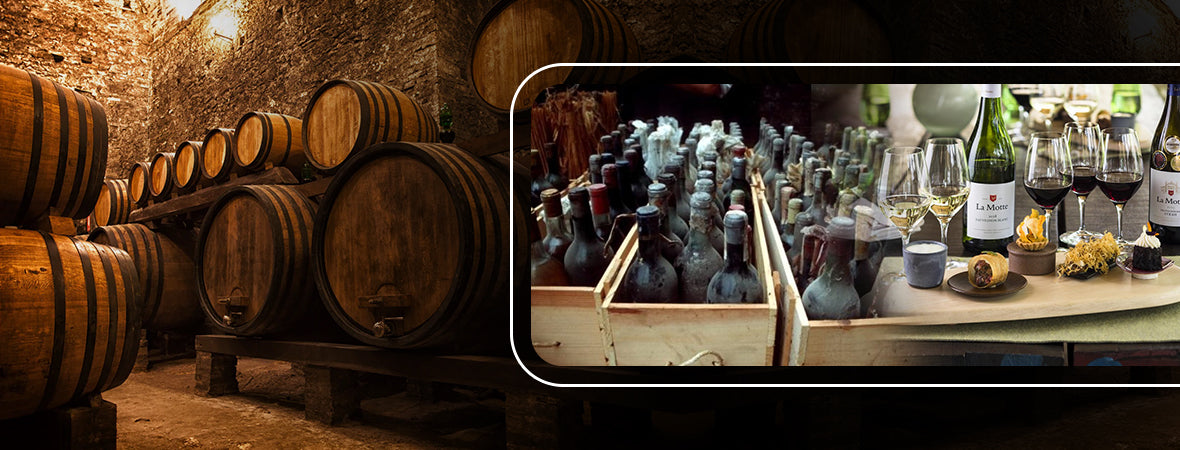Old World Wine
Old World wines are produced in countries that have extensive histories and traditions regarding winemaking. The primary regions that make Old World wines are parts of Europe and the Mediterranean. The term doesn’t necessarily refer to the style of wine; it refers to the role of terroir and the practice of tradition. Old World wine countries can usually trace their history back hundreds of years. Roman, Greek, and Phoenician lands can trace their winemaking histories back thousands of years. The process of making Old World wines is highly regulated. Harvesting and pruning must be done manually, whereas New World winemaking uses machines. Some wine lovers associate a more subtle, soft style in Old World wines. A few countries that would fall under the Old World category are France, Italy, Spain, Germany, and Greece.
New World Wine
New World wines are not produced in traditional regions. Most of the regions that make New World wines can only trace their history back a short while. These wines might be made with new, innovative techniques or an usual blend of varietals. Hybrids, or crossing grape varietals, are considered New World wines. New World wines are not dependent on geographical location; they have a stronger emphasis on branding. Wine pioneers would use grapes from any location and invent new blends. Max Shubert wanted to make the best table wine in South Australia so he invented Grange Hermitage, a blend of Shiraz and Cabernet Sauvignon. In 1951, the success of Grange marked the first recognition of the New World style. This encouraged other winemakers. New World wine countries include Argentina, Mexico, Chile, the United States, Canada, South Africa, New Zealand, and Australia.
Differences
Many wine lovers believe that New World wines have a more bold flavor than Old World wines, which are more subtle and graceful. Certain wines that are from Old World countries can be considered New World, such as Super Tuscans, because they are made with varietals that were not used in traditional wines. Your preference is entirely up to you, but knowing the differences of the two worlds are important knowledge to wine connoisseurs.
New World wines have been named for Old World regions, such as Champagne, Sherry, Port, and Burgundy. The reason was to make consumers believe that the wines might have an Old World taste, but many of the countries objected to the use of their names. New World wineries used grapes from many different locations, so using the name of a region can help describe the flavor of the wine. The production of Grange Hermitage inspired confidence in the varietal labeling. This new labeling system spread further during the 1960s and 1970s with the help of Robert Mondavi and other winemakers.





